#casadelostacoscoyoacan
Explore tagged Tumblr posts
Text
Day 9 - Research Using Beans
We woke up and decided we needed more tostadas. So we set out to the Coyocan market once more to eat, buy supplies for today’s research, and check out some of the other shops.
We saw some exquisitely crafted alebrijes, a Mexican style of art that goes back to prehispanic. Making these little creatures involves creating animal chimeras with and painting them with vivid colors.


After that, a woman selling fruits saw Glen and I staring curiously at some fruits we’d never seen before and stopped us. She cracked jokes and fed us large quantities of fruits we hadn’t tried, as soon as we’d finished one type she was slicing into a new fruit and giving us samples. We bought a mamey, an ataulfo mango, and a fruit whose name I forget but was intensely soft, sweet, round, and was one of the fruits that the Nahua people of this valley enjoyed.


She charged 90 pesos for the three pieces fruit, definitely overcharging, but we had such a good time chatting with her and having her show us around that we were happy to pay the turistas pendejos tax.
We reminded each other to ALWAYS ask for the price of something before we get it.
Then we drove to UNAM: “The National Autonomous University of Mexico (Spanish: Universidad Nacional Autónoma de México, abbreviated as UNAM) [which] was founded in 1551, making it the oldest in North America. It is the largest university in Latin America and was ranked the best in Latin America, Spain and Portugal, and 95 in the world according to a study conducted by The Times and released in 2005,” (www.topuniversities.com)
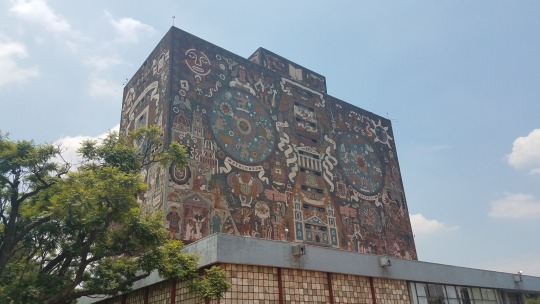
We decided that students here would probably have a better grasp of the historical La Malinche than the average person on the street we interviewed.
Our objective was simple: in the classroom, students have to decide whether La Malinche should be remembered as a hero, victim, or traitor.
While this question is not terribly nuanced, is rather reductive, and can be answered in many different ways looking at many different contexts, it’s a question that 7th grade students were able to latch onto.
It allowed them to judge her as a person and it forced them to understand the historical context she lived in for them to decide how her legacy should be seen.
So we made three baskets, put out a bowl of dry beans, and asked passersby to vote by placing the bean in the corresponding basket (hero, victim, or traitor). Many people stopped to talk with us, to give interviews, or simply to ask us questions.


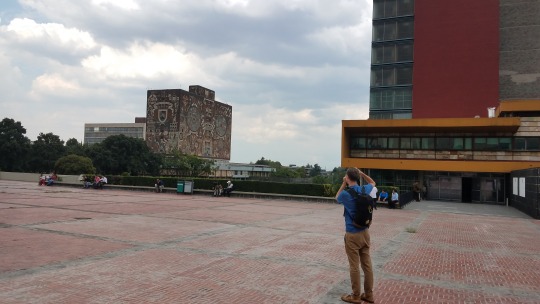

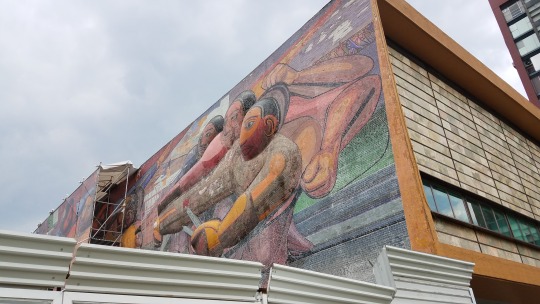
The results:
Hero: 14
Victim: 55
Traitor: 18
We got very interesting perspectives, but most people asserted the fact that her being a slave, and a woman, someone who was an object and property, was the strongest factor in considering her actions.
Many people also scoffed at her being a traitor. “A traitor to whom? The Aztec, the people she hated? Mexico didn’t exist yet!”
They echoed one of out learning objectives. Although she’s been seen as a traitor for a long time for helping the Spanish, we want our students to understand what it means to be a traitor then question who exactly she was betraying by helping the Spanish forge allies against the Aztec and translating for Cortes.
One woman commented on how that the strongest bonds and alliances we have are to our family, if she had a child with Cortes, why wouldn’t she be invested in protecting their success? Did this make her more aligned with the interests of the Spanish than that of the natives she lived and worked for?
What struck Glen and I the most, however, was long people stopped and thought before casting their vote, and the group think that came with it.
Often, a whole group would stop and ponder the question for minutes, before the first person placed a bean. More often than not it went in the “victim” basket and more often than not, the rest of the group followed suit, casting their vote for victim as well. Glen and I wondered if the victim vote was the safest. After all, calling someone a hero or traitor is a personal and subjective judgement. It’s taking a side. Maybe it’s easier to defer to the trauma and limitations La Malinche’s oppression rather than ascribe value to her enormously significant actions.
After spending hours there talking to people and counting the beans, we head back to Coyoacan to see the Frida Kahlo house and museum. We were very glad we bought a ticket ahead of time for a time slot since the line to enter wrapped around the block.
I guess Frida Kahlo is synonymous with Mexican culture nowadays, and it’s not a stretch to call her the most important icon of Mexican culture and history to the rest of the world, so the lines weren’t all that surprising.
It was masterfully curated, and we got to see her wardrobe that was hidden away until recently. It also showed their house as it was, preserving the original artwork, kitchenware, personal affects, and furniture.
It was an intimate look at the life of an artists I admire greatly.




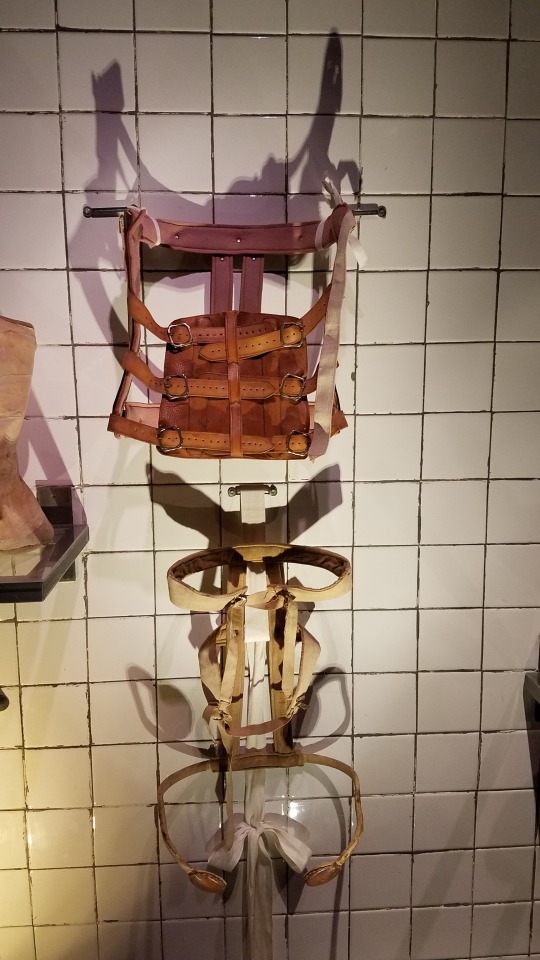
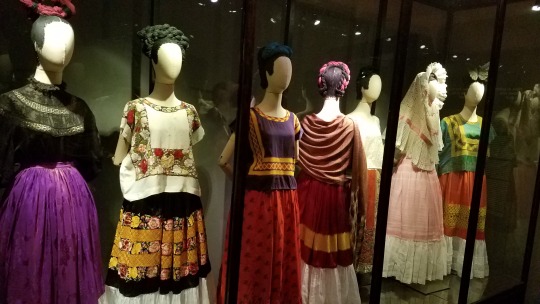


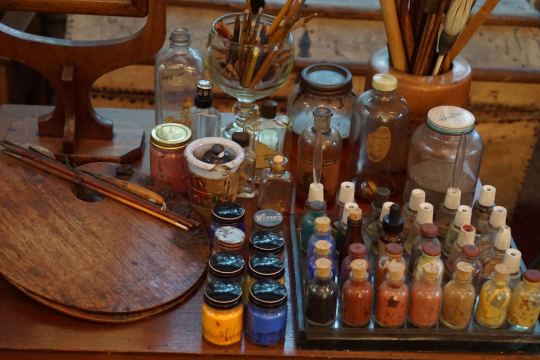

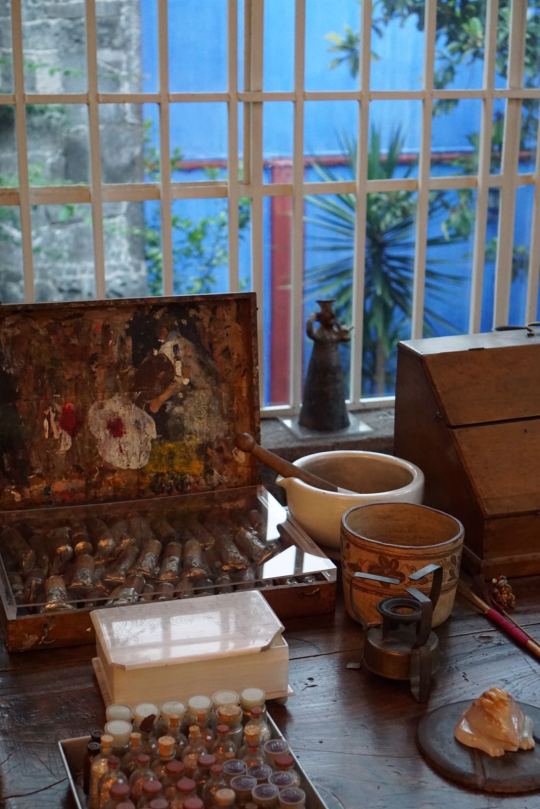
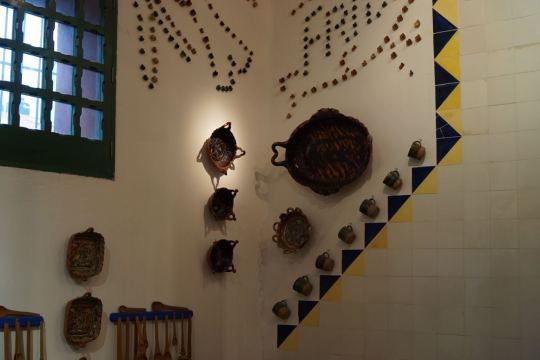




After that we saw yet another store that had La Malinche’s name!

We stopped by for some sangria soda, then we went to la Casa de los Tacos, a place Glen and I had been very excited about visiting.
They have delicious from scratch tacos, including a bunch of prehispanic tacos (mostly bugs and veggies) but also boar and veal, which were exquisite.
Here are the baja style fish tacos we started with. The ones wrapped in banana leaves were the boar tacos which were my favorites. They were served with a side of sweet caramelized chipole in a balsamic style brine. I ended up putting this on all the tacos and regretted nothing!
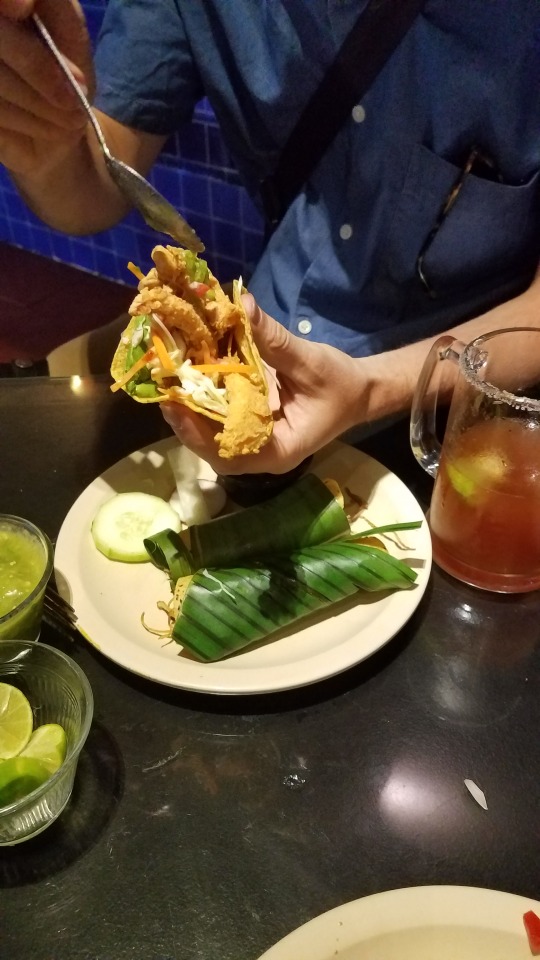
The food was so damn good I forgot to document the rest for y’all, but here are some pics I found on the internet, enjoy!
(Pics courtesy of TripAdvisor.com)
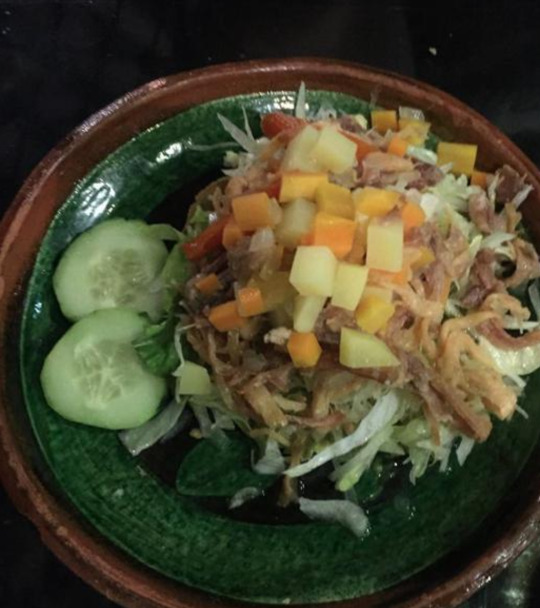




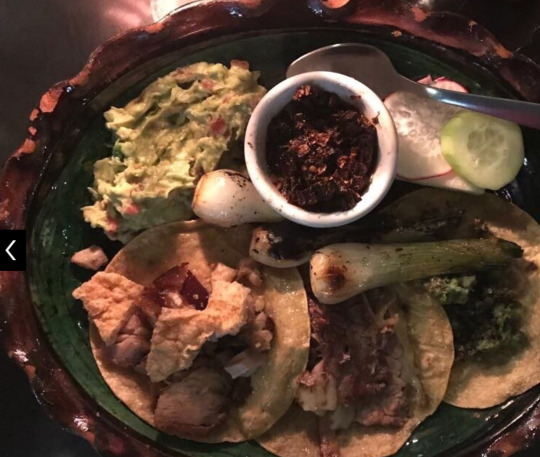

I still dream of those tacos...
#coyoacan#fft#fftmexico#lamalinche#malinche#malinalli#malintzin#mexicodf#mexicocity#casafridakahlo#museofridakahlo#casadelostacos#casadelostacoscoyoacan#unam
3 notes
·
View notes